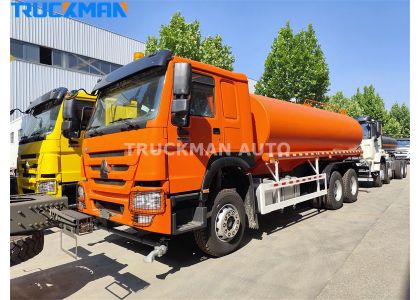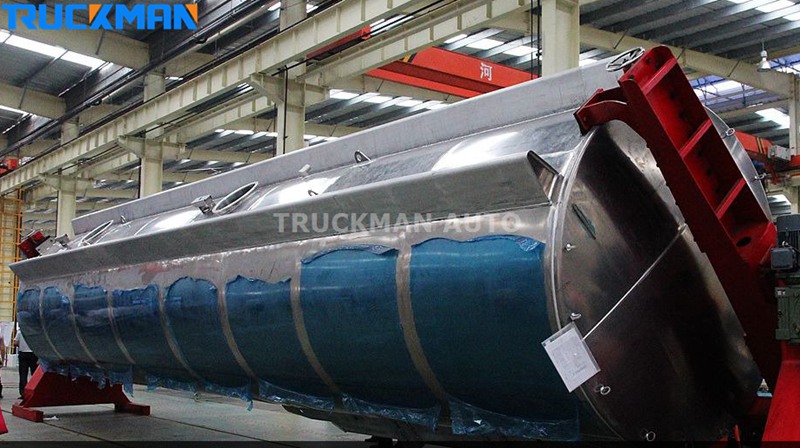
Water tanker truck is a special vehicle used for transporting and spraying water, which is mainly used in the following fields: urban greening, environmental sanitation, firefighting and rescue, road construction and so on. Its importance is self-evident. So what are the things to pay attention to when transporting drinking water in water tanker trucks ? This article focuses on both the requirements for tank materials and the protection of drinking water.
1. Requirements For Tank Materials
The water tanker truck main material have two model, Q235 carbon steel and SUS304 stainless steel. Below is a description of the two materials.
a. Q235 carbon steel: This material of steel can meet the needs of most tank fabrication. It has good plasticity and weldability, and relatively low cost and stable performance. However, it is prone to chemical reactions when in contact with water, leading to rusting. If rust prevention treatment is not carried out, the tank may rust quickly, which not only affects the service life of the tank, but also threatens the safety of drinking water. Therefore, when transporting drinking water, it is necessary to spray an anti-rust coating on the tank body, so as to avoid rusting.
b. SUS304 stainless steel: This is a food-grade steel that is widely used in the production of household tools such as mugs and spatulas. Due to its excellent corrosion resistance it is ideal for water truck tanks for transporting drinking water, but has the disadvantage of being more than five times as expensive to purchase as carbon steel and of being very expensive to maintain.

2. Anti-Pollution Of Drinking Water
a. Cleanliness of transport vehicles: Transport vehicles should be kept clean and free from odour or contamination. Vehicles should be cleaned and disinfected prior to transport, and the inside walls of water tanks should be free of sediment.
b. Choice of packaging: Drinking water should be transported in containers that meet national standards, such as food-grade plastic drums or bottles. Packaging containers should be sealed, no leakage, to avoid secondary pollution.
c. Control of transport temperature: The temperature should be controlled during transport to avoid too high or too low temperature affecting the water quality. Generally speaking, the transport temperature of drinking water should be between 5℃~25℃.
d. Transport time limit: Drinking water transport should try to shorten the time, to avoid long time transport caused by water quality changes. Generally speaking, the transport time of drinking water should not exceed 24 hours.
